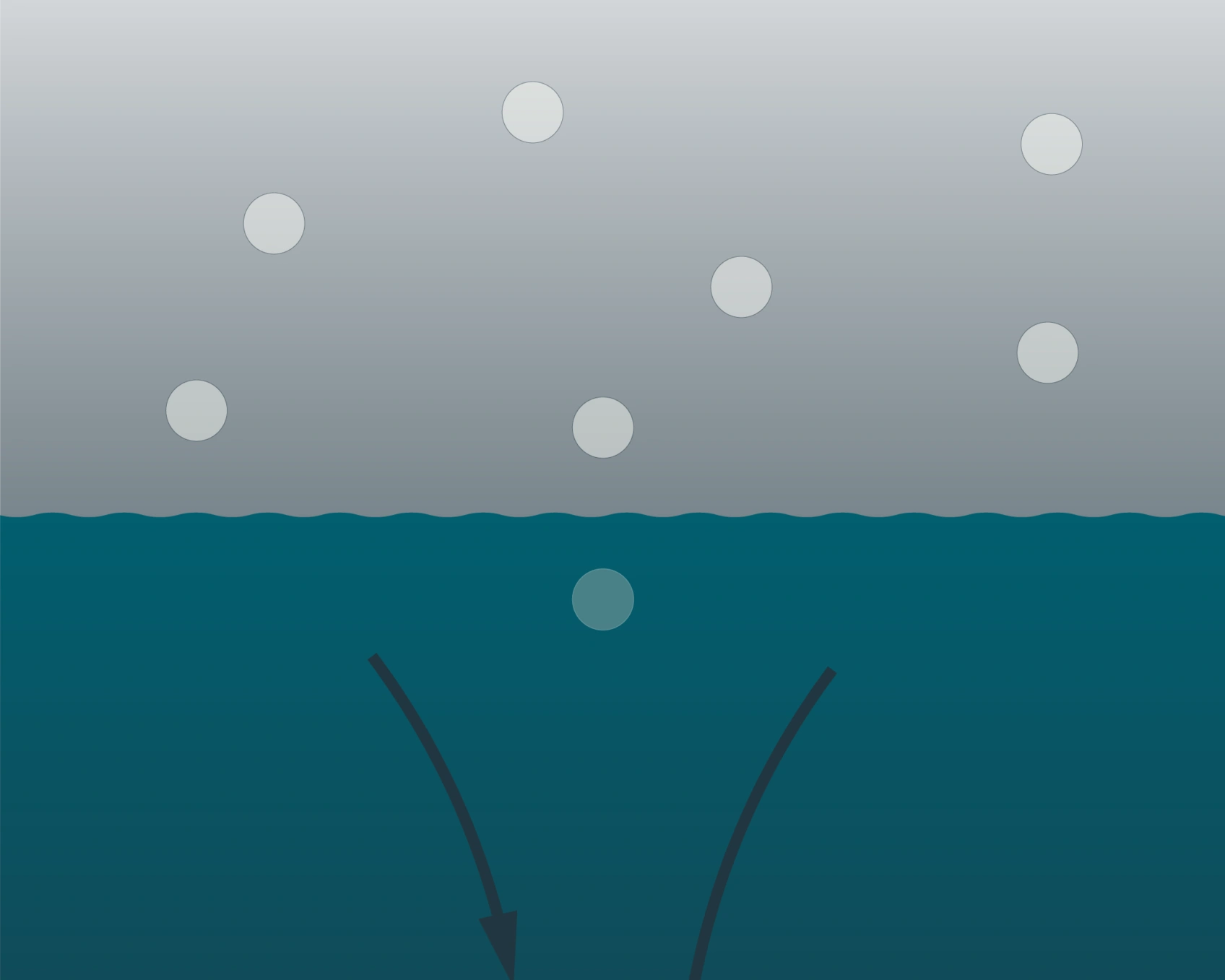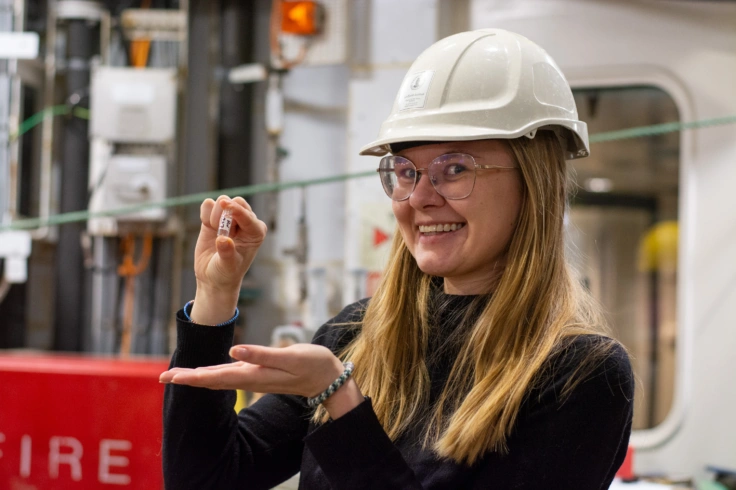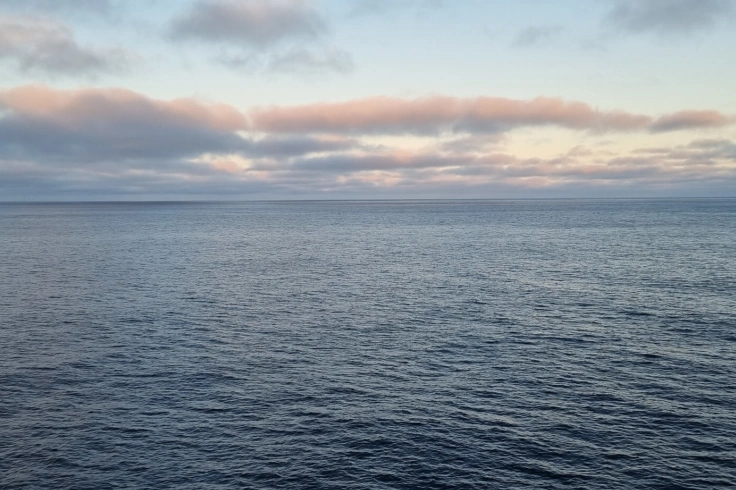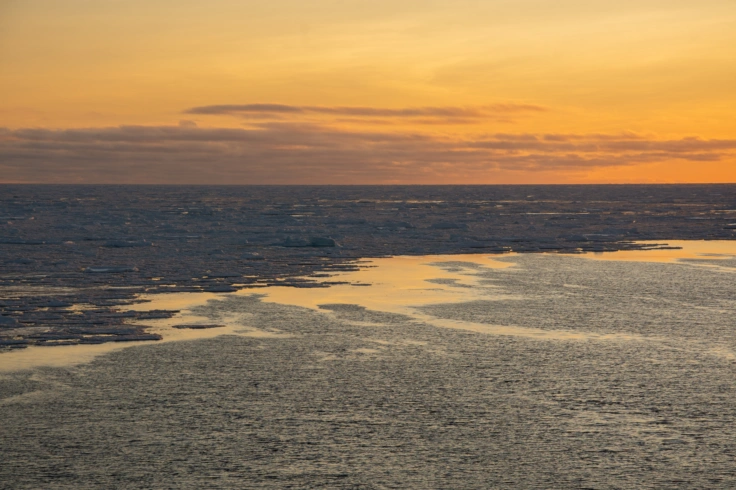
Global Carbon Budget 2025: Global carbon emissions from fossil fuels are projected to rise by 1.1%
Read moreOur Research Areas
Find an Expert
Our researchers are employed either at NORCE, UiB, the Nansen Center or the Institute of Marine Research. The researchers work together across various scientific disciplines. Find researchers with backgrounds in meteorology, oceanography, geology, geophysics, biology and mathematics, among others.
Projects
Researchers at Bjerknes are involved in several projects, both nationally and internationally. The projects are owned by the partner institutions, with the exception of our strategic projects.
Publications
Researchers at the Bjerknes Center publish more than 200 scientific articles each year.
Dive Into The Climate Science
Se alleNews
Se alle
25.11.25
All the water we cannot see
Only a fraction of the ocean lies at the surface. How can we find out what happens in water that lies underwater?

13.11.25
Another record year for fossil fuel emissions
Global CO₂ emissions from fossil fuels are projected to be 1.1 % higher in 2025. The ocean CO₂ uptake was re-evaluated based on stronger evidence and new understanding.

03.11.25
Banned gases reveal the age of water
The use of gases that deplete the ozone layer has been restricted for almost forty years. Still such substances linger in the ocean – a troublesome legacy marine scientists can exploit to keep track of the ocean circulation.
Events
Se alle
02.12.25
BCCR Special Seminar: The evolution of the Greenland ice sheet - from past to present
Dear all, We also have a special Seminar by Christine Schott Hvidberg from the Niels Bohr Institute, University of Copenhagen, Denmark. She will present her work on "The evolution of the Greenland ice sheet - from past to present". The seminar will take place in the usual BCCR seminar room (4th floor of the West wing) at 11:00. We hope to see you there! Best regards, Heiko Abstract In the seminar, I will give an overview of how we use ice core observations to investigate the stability of the Greenland ice sheet in warmer climates. We use shallow ice cores to constrain present accumulation rates and we use deep ice cores to inform of past climate and ice dynamical changes. I will report from ongoing work to study the evolution of the Greenland ice sheet through glacial-interglacial cycles, investigate its retreat and dynamical changes in warm interglacial climate, including the Holocene, and what we can learn about its sensitivity in future warmer climates. I will also update from our ongoing field work in Greenland. We have completed the EGRIP ice core drilling in northeast Greenland and moved the camp to our former drill site GRIP and prepared re-drilling the bottom layers. This is part of the Green2ice project with the aim to determine the age of the Greenland ice sheet. Speaker information Christine Hvidberg is professor of climate physics in the world leading ice core research group at University of Copenhagen. She conducts ice core and glaciological research, and she has expertise in ice-sheet flow and mass balance, integrating ice cores and glaciological ice flow models. She is currently leading the Novo Nordisk Foundation challenge center PRECISE and the Horizon Europe project ICELINK.

03.12.25
Disputas: Charlotte Rahlves: "Improving Greenland ice sheet projections across timescales".
Charlotte Rahlves disputerer 3.12.2025 for ph.d.-graden ved Universitetet i Bergen med avhandlingen "Improving Greenland ice sheet projections across timescales". Les mer om avhandlingen her: Grønlandsisens fremtid | Nye doktorgrader | UiB

03.12.25
Storm track group meeting
Hi everyone, We’ll have our Stormtracks group meeting this Wednesday (03.12), from 12:30 to 13:30 at meeting room 212 (the second floor of east wing). This week Sinan will give a talk on Simulations of two Black Sea extreme events in the future climate using pseudo-global warming. The meeting will be hybrid and you can join remotely via Zoom: https://uib.zoom.us/j/62886269543?pwd=ajWbi97zr0hbniaoQdZkUtD2EUSSri.1 Meeting ID: 628 8626 9543 | Password: qSKTfKU3 The meeting schedule for this semester is in the following google doc. https://docs.google.com/document/d/1yjicxkFp_8Y17LVftgksb1SnqSUSUXogg0pOFZfbK0g/edit?usp=sharing See you all there! :) Cheers, ~Hari and Yangfan





